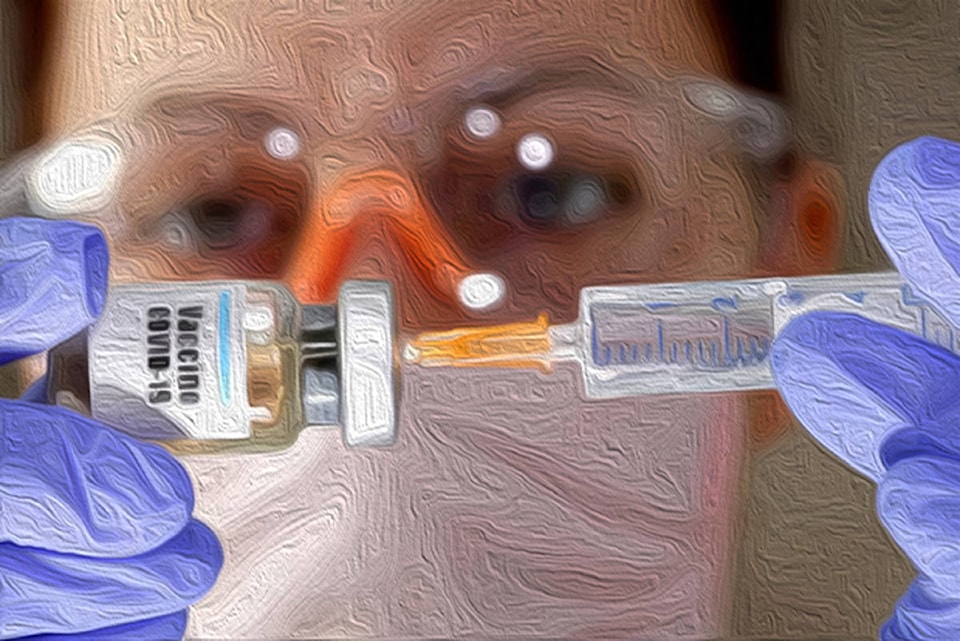Gwynne Dyer
All the usual caveats apply: don’t go out and celebrate, don’t let your guard down, it’s still going to be a long haul. This winter will be “hard”, warned Uğur Şahin, co-founder and CEO of BioNTech, the German company that announced the first effective Covid-19 vaccine only a week ago. It can’t be rolled out fast enough to reduce infections much in the current wave, he said.
The publication on 16 November of positive results for a second vaccine, this time by the US company Moderna, strengthened the optimism. Clearly, this coronavirus can be beaten, and there are nine more potential Covid vaccines already in third-stage (final) human trials.
But again, the riders: there will be at least half a million more Covid deaths this winter – or over a million if people don’t observe the lock-downs and other restrictions meant to contain the spread of the virus. “What is absolutely essential,” said Şahin, “is that we get a high vaccination rate before autumn/winter next year.” That’s when it could really be over.
And yet there is cause to celebrate, because of the eleven vaccine candidates that were already in third-stage trials, both the front-runners are ‘messenger ribonucleic acid’ (mRNA) vaccines, an entirely new approach that allows a much faster response to novel viral infections.
Traditionally, new vaccines took around ten years to be developed, tested and approved for general use. For the new mRNA vaccines, it has been ten months.
After Chinese scientists posted the full genetic sequence of the Covid-19 virus online on 10 January, said Drew Weissman of the University of Pennsylvania, “we were making RNA within a week or so”. Weissman then supplied that RNA to both BioNTech/Pfizer (Pfizer is a large American company that gives the German innovators US distribution and regulatory clout) and Moderna.
RNA carries the genetic instructions from the nucleus of the cell to build whatever protein is needed, and for the past decade researchers have been trying to fabricate ‘messenger’ RNA that could be inserted into human cells. The mRNA would then use the cell’s own genetic machinery to make vaccines and other medically useful proteins.
By 2018 several companies had cracked the problem of getting the mRNA past the body’s immune defences. With the full RNA sequence of the new coronavirus in their possession, all they had to do was choose which bit of the coronavirus RNA to use in the vaccine.
Obviously not the whole thing, or it would rebuild the entire virus in the cell. Just a harmless segment of the virus’s RNA, copied millions of times by the vaccinated person’s cells, would alert the body’s immune system and train it to destroy any invading virus with that sequence. (They chose the ‘spike’ that the virus uses to attach itself to the human cell.)
Several companies had mRNA vaccines ready for testing within two or three months, and the results have been spectacular. BioNTech/Pfizer has just reported 95% efficacy for its vaccine, and last weekend Moderna reported 94.5%.
Even better, both BioNTech/Pfizer and Moderna included all major ethnic groups and a significant number of elderly people in their third-phase trials. All categories responded well to the vaccines (which is not always the case with other vaccines).
Yet another mRNA vaccine in third-phase trials could be even better, because it will be far cheaper than the BioNTech/Pfizer vaccine ($39 for two shots) or the Moderna jab ($74 for 2 shots) if it pans out. At Imperial College in London, Robin Shattock’s team is working on a ‘self-amplifying RNA’ vaccine that may require as little as one-hundredth of the amount of vaccine.
The mRNA technique may mean that future pandemics can be dealt with far more quickly. The vehicle is already available and waiting to carry the next vaccine. Just ‘plug and play’ for any future coronavirus, as one researcher put it. (We have had three new coronaviruses in the past two decades.)
Pfizer boss Albert Boura went even further: “It’s the greatest medical advance in the past 100 years.” Well, maybe, though a vote taken today would probably plump for antibiotics instead. But we are only beginning to see the potential of mRNA.
There are already trials underway for a wide variety of other illnesses: not just safer, more effective influenza, polio and HIV vaccines, but immunotherapies for cancer, heart conditions, cystic fibrosis and other systemic and congenital diseases.
There is a long, dark winter still ahead of us, no doubt, but miracles may await us over the horizon. And we can now be sure that the light at the end of this particular tunnel is not an oncoming train.
Gwynne Dyer’s new book is ‘Growing Pains: The Future of Democracy (and Work)’.
